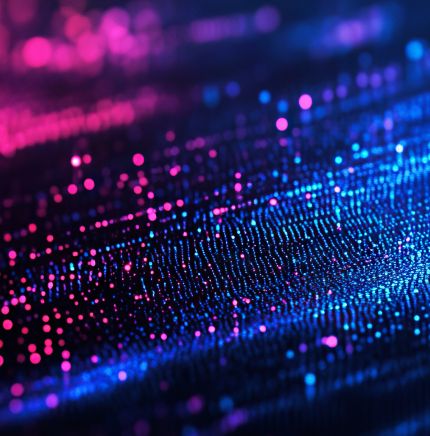

News
Good designs need a human touch: Why emotion-driven design matters
Date: Jul 15 2024
Publication: Economictimes.com
Prioritizing emotional connections in design leads to successful products, evoking feelings of fulfilment and joy in consumers. This approach fosters brand loyalty, enhances user experience, and drives repeated interactions. Designers must balance technology with emotional appeal to create delightful experiences and establish lasting relationships with customers.
We humans are, in great part, driven by our emotions. This is a fundamental truth that shapes many of our daily decisions, and it's a critical element that designers need to harness. Even when we aim for logic, emotions often guide our decisions, especially in the world of design. This is evident not only in physical products but also in the media and entertainment.
From the curve of a car to the sleek design of a smartphone, emotional responses guide consumer behaviours more than we might think. It starts with an immediate, visceral reaction. You see something, and you want it. This desire comes even before the 'I like it', or the logical questioning of 'What is it?', and 'How much does it cost?' It's this emotional first impression that can make or break a product.
Consider how this plays out in fashion. We've all had moments in a store when a piece of clothing speaks to us from across the room. Maybe it's the cut, the fabric or the colour. We're drawn to it, emotionally engaged before we even consider the price tag. This is emotional design at its most potent, where an item doesn't just meet a need - it sparks a desire.
One thing I've always carried with me is that the passion and emotion a designer pours into their work are communicated through the final product. A design that lacks emotional depth feels flat to the consumer. But when there's genuine passion behind the design process, it shows, and it sells. This emotional engagement doesn't just influence the immediate buying decision; it extends to the entire user experience. Products that evoke a strong emotional response tend to build a deeper, more enduring relationship with their users, often translating into brand loyalty and repeated interactions.
In our increasingly digital world, where we interact increasingly with interfaces and screens, the principle remains the same. The emotional design of an app can make the difference between an engaging experience and a forgettable one. A well-designed app that provides a seamless, intuitive and delightful user experience can foster a strong emotional connection, leading users to return again and again.
For example, think about your favourite mobile app. What draws you to it? Is it the ease of use, the aesthetic appeal or the way it anticipates your needs? These elements are all part of emotional design. They create a sense of fulfilment and joy that keeps users engaged.
As AI continues to shape the future of design, the human touch remains crucial. AI can generate solutions, but it's human designers who infuse them with emotion and empathy. A human in the loop is essential to assess the positive or negative emotions a solution may evoke. This oversight ensures that the final product resonates on an emotional level, balancing AI efficiency with human creativity. The powerful combination of AI and humans can develop emotionally intelligent designs, which eventually help a brand stand out in the competitive market.
Ultimately, it is the emotional connection with a product or service that brings out the drive to keep going back to the same brand. Take automobiles, for instance. A consumer will pause and admire their car after a memorable experience. Successful products and services build emotional energy to retain customers, and this is visible in the design. It is also crucial that designers remember what human beings are about while designing any product.
It's essential to bring out the good feelings and the delightful experiences rather than just having the technology for its own sake. Thus, several aspects and elements go into making a design, and the emotional factor cannot be ignored. In the end, we are emotional creatures, and these powerful emotions are a critical part of what we do and why we do it. Once we get this right, the final design ticks all the boxes for a successful product.
Article by - Nick Talbot - Global Design and Innovation Head, Tata Elxsi






